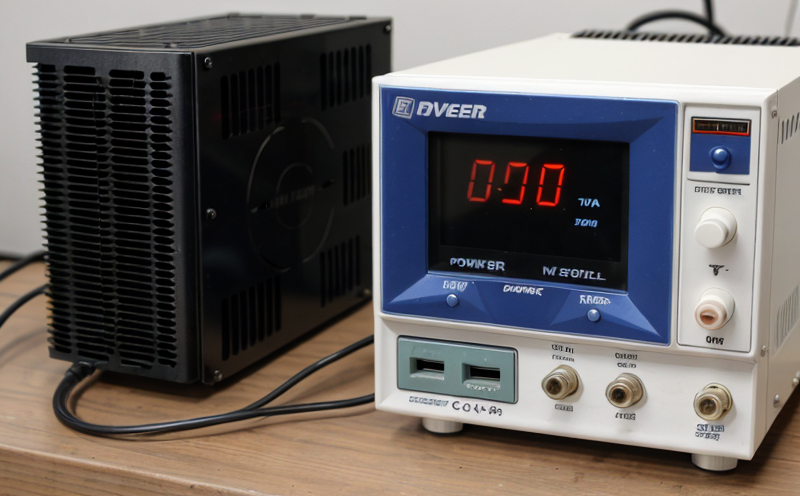Power Quality Testing: Ensuring a Reliable and Efficient Electrical Supply
In todays world, power quality has become a crucial aspect of electrical engineering. With the increasing demand for reliable and efficient electrical supplies, power quality testing has emerged as an essential tool to ensure that electrical systems function optimally. In this article, we will delve into the concept of power quality testing, its importance, and the various techniques used to evaluate power quality.
What is Power Quality?
Power quality refers to the ability of a power system to supply clean and stable electricity to consumers. It encompasses several aspects, including voltage levels, frequency stability, waveform distortion, harmonic content, and flicker effects. Power quality issues can arise due to various factors such as faulty electrical equipment, inadequate cabling, or even weather conditions.
Importance of Power Quality Testing
Power quality testing is essential for ensuring the reliability and efficiency of electrical systems. Poor power quality can lead to a range of problems, including:
Increased energy consumption
Premature equipment failure
Data loss and system crashes
Equipment overheating and thermal stress
Moreover, poor power quality can also impact the environment by contributing to greenhouse gas emissions and resource waste.
Types of Power Quality Issues
Power quality issues can be categorized into several types, including:
Voltage fluctuations: Changes in voltage levels that can affect equipment operation and performance.
Frequency deviations: Variations in frequency that can cause equipment malfunction or even failure.
Harmonic distortion: Presence of unwanted frequencies that can distort the original waveform and affect equipment performance.
Flicker: Rapid changes in light intensity caused by voltage fluctuations.
Power Quality Testing Techniques
Several techniques are used to evaluate power quality, including:
1.
Line Monitoring: Continuous monitoring of electrical parameters such as voltage, current, and frequency.
2.
Event Recording: Capturing data on specific events such as voltage dips or harmonic distortion.
3.
Frequency Analysis: Analyzing the frequency content of a waveform to detect harmonic distortion.
Common Power Quality Testing Equipment
Several types of equipment are used for power quality testing, including:
Power quality analyzers: Devices that can monitor and record electrical parameters in real-time.
Spectrum analyzers: Instruments that can analyze the frequency content of a waveform.
Dataloggers: Devices that can record data on electrical parameters over extended periods.
Best Practices for Power Quality Testing
To ensure accurate results, it is essential to follow best practices when conducting power quality testing. These include:
Selecting the right equipment: Choosing an instrument that can accurately measure and record electrical parameters.
Configuring the device correctly: Ensuring the device is set up to capture relevant data.
Interpreting results: Understanding what the data indicates and taking corrective action if necessary.
QA Section
Here are some frequently asked questions about power quality testing, along with answers:
1.
What is the difference between power quality and power reliability?
Power quality refers to the ability of a power system to supply clean and stable electricity to consumers. Power reliability, on the other hand, refers to the ability of a power system to maintain a continuous supply of electricity.
2.
Can poor power quality cause equipment failure?
Yes, poor power quality can lead to equipment malfunction or even failure. Harmonic distortion, for instance, can cause overheating and thermal stress in electrical equipment.
3.
What are some common causes of power quality issues?
Common causes include faulty electrical equipment, inadequate cabling, or weather conditions such as lightning storms.
4.
How often should I conduct power quality testing?
Power quality testing should be conducted regularly to ensure that the electrical system is functioning optimally. The frequency of testing depends on factors such as usage patterns and environmental conditions.
5.
Can power quality issues impact data storage and processing systems?
Yes, poor power quality can cause data loss and system crashes in data storage and processing systems.
In conclusion, power quality testing plays a vital role in ensuring the reliability and efficiency of electrical systems. By understanding the concept of power quality, its importance, and the various techniques used to evaluate it, we can ensure that our electrical systems function optimally and minimize the risk of equipment failure or data loss.

































